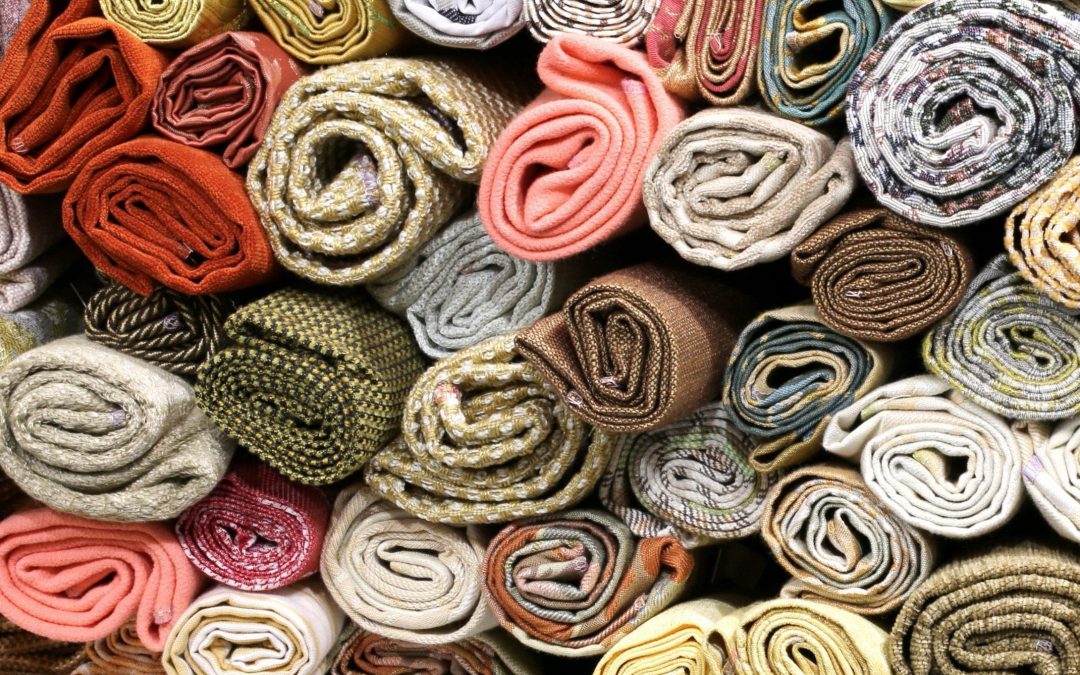Fabric selection plays a crucial role not only in fashion but also in comfort and functionality, especially when considering the diverse climates around the world. From the cooler temperatures of northern regions to the perpetual warmth of tropical countries like Ghana, understanding which fabrics work best in different climates can make all the difference in your wardrobe. In this guide, we’ll explore the factors to consider when selecting fabrics for varying climates, with a focus on the contrast between cooler environments and Ghana’s warmer weather.
- Understanding Climate Requirements: Before delving into fabric choices, it’s essential to understand the climate you’re dressing for. Cooler climates, such as those found in Northern Europe or North America, often require fabrics that offer insulation and warmth. On the other hand, regions with warmer climates, like Ghana, necessitate fabrics that are breathable, lightweight, and moisture-wicking to combat the heat and humidity effectively.
- Fabrics for Cooler Climates:
- Wool: A classic choice for colder weather, wool provides excellent insulation while remaining breathable. It can absorb moisture without feeling damp, making it ideal for layering during chilly temperatures.
- Cashmere: Luxuriously soft and lightweight, cashmere offers superior warmth without adding bulk. It’s perfect for sweaters, scarves, and coats in colder climates.
- Fleece: Known for its warmth and softness, fleece is a synthetic fabric that traps heat effectively, making it a popular choice for outerwear and activewear in cooler regions.
- Fabrics for Warmer Climates (like Ghana):
- Cotton: Lightweight and breathable, cotton is a staple fabric for warm climates. It absorbs moisture and dries quickly, making it comfortable to wear even in hot and humid conditions.
- Linen: Renowned for its breathability and natural cooling properties, linen is an excellent choice for tropical climates like Ghana. It allows air to circulate freely, keeping you cool and comfortable in the heat.
- Bamboo: A sustainable and eco-friendly option, bamboo fabric is soft, moisture-wicking, and naturally antibacterial. It’s perfect for hot climates, as it helps regulate body temperature and wicks away sweat.
- Considerations for All Climates:
- Breathability: Regardless of the climate, opting for breathable fabrics allows air to circulate, preventing overheating and discomfort.
- Moisture-Wicking: Fabrics that wick away moisture help keep you dry and comfortable, whether you’re in a cooler or warmer climate.
- UV Protection: Especially important in sunny climates, choose fabrics that offer UV protection to shield your skin from harmful rays.
- Adapting Fabric Choices:
- Layering: In cooler climates, layering with breathable fabrics allows for easy temperature regulation. In warmer climates, lightweight and moisture-wicking fabrics can be layered for added sun protection or evening chill.
- Accessories: Consider the versatility of accessories like scarves and shawls, which can be made from a variety of fabrics suitable for different climates. Silk scarves for warmth in cooler weather and cotton or linen scarves for sun protection in warmer climates.
Selecting the right fabric for your climate can significantly impact your comfort and enjoyment of the environment. Whether you’re bundling up against the cold or seeking relief from the heat, understanding the properties of various fabrics and how they interact with different climates is key. By choosing fabrics that prioritize breathability, moisture-wicking, and insulation accordingly, you can ensure that your wardrobe is suited to the unique demands of any climate, from the frosty winters of the north to the balmy breezes of Ghana.

